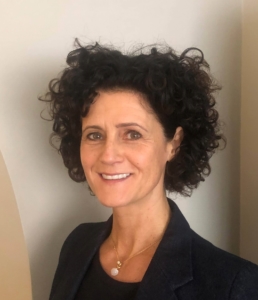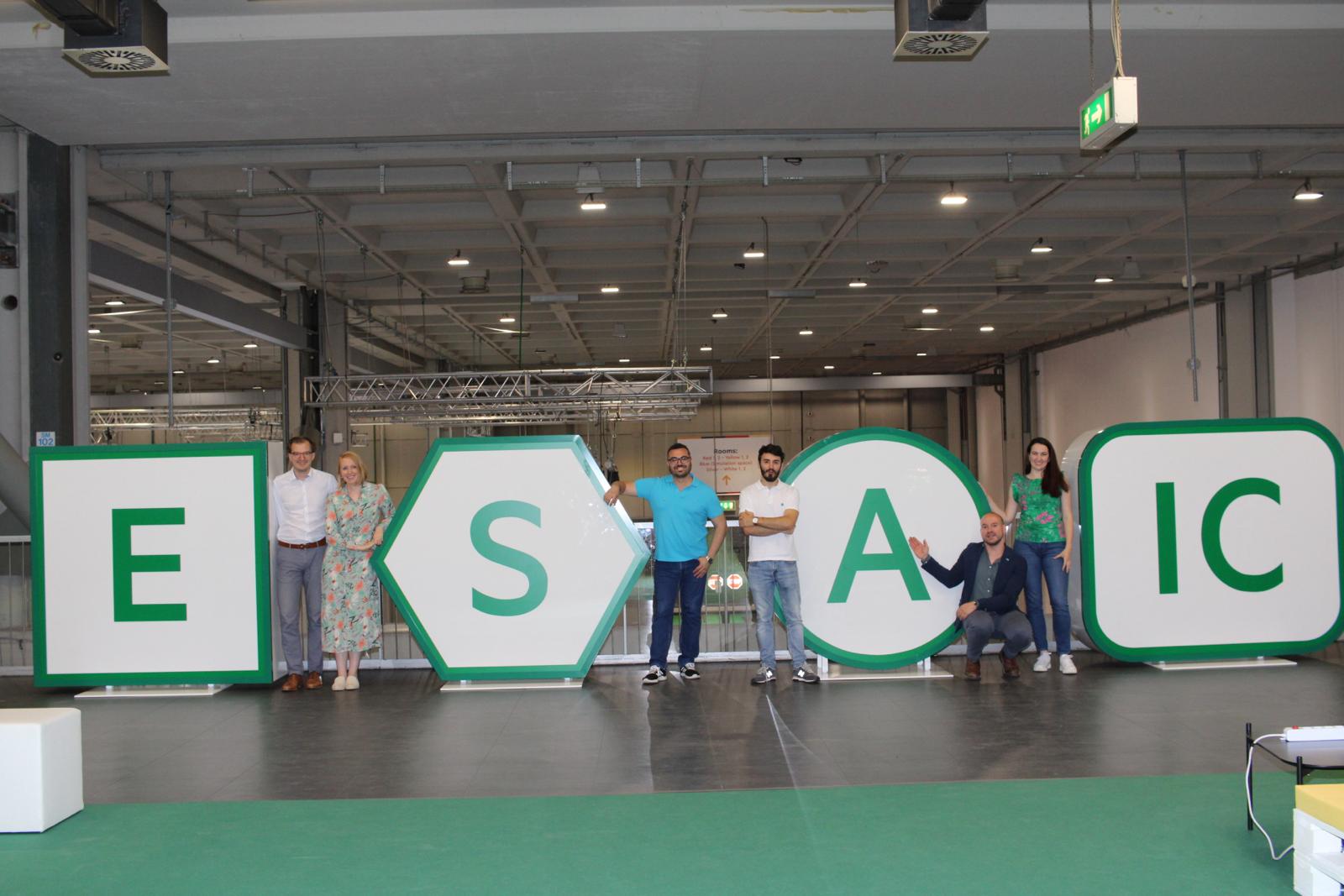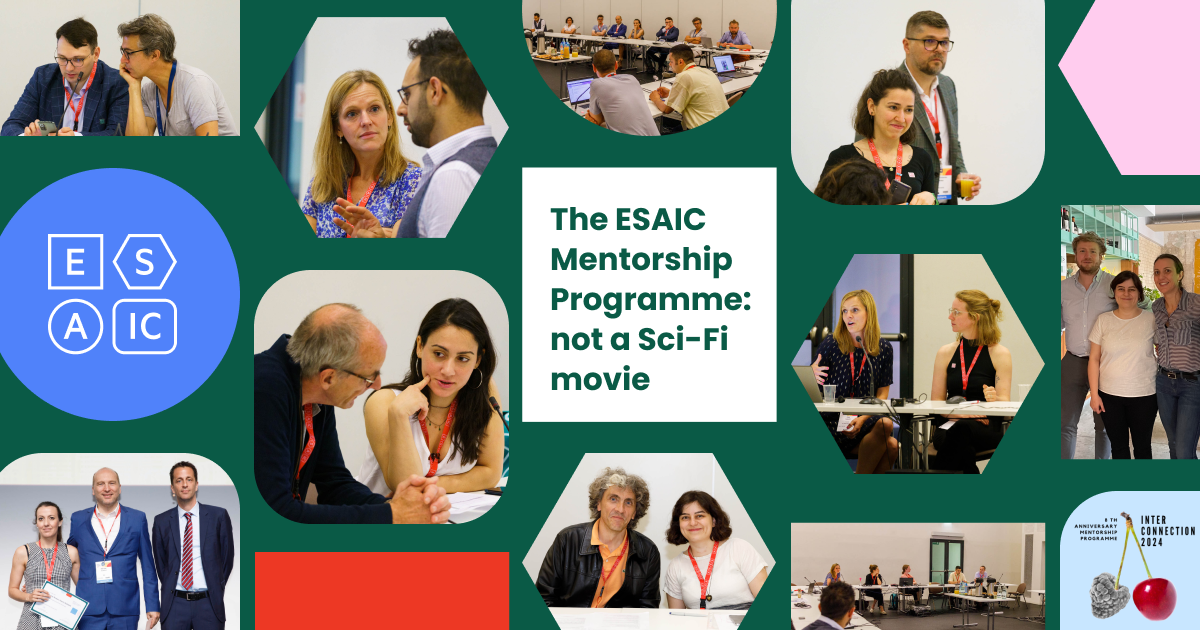ESAIC News
EA20 Newsletter: ESAIC’s Chief Executive Officer, Cathy Weynants
When ESAIC’s new CEO Cathy Weynants took charge of the society on January 1, 2020, taking over from Marc Gheeraert, it was impossible to predict the rollercoaster year that lay ahead. Here Cathy tells us about her career, aspirations for ESAIC, and the challenges of managing the organisation mostly remotely after the coronavirus pandemic tightened its deadly grip on Belgium and the world.
Q: Welcome to Euroanaesthesia 2020 Cathy – your first in charge. How are you feeling about the switch to an all-online congress?
Hello and a very warm welcome to all our delegates around the world! This year has truly been a rollercoaster year in which myself and my amazing team at ESAIC have had to adapt very quickly to changing circumstances. While of course we would all like to meet in person and will miss those special connections this year, the team has worked incredibly hard to make sure this new online format for Euroanaesthesia will be a great success for our delegates and all involved.
It is not only our congress that has gone online during the coronavirus crisis – our EDAIC exams for trainees had to switch to a virtual format and I pay tribute to all the centres and of course examiners worldwide who have worked so hard to make sure these exams could take place at all. And to help our members deal with the pandemic wherever they are in the world, we rolled out a series of COVID-19 webinars during the first wave packed with useful information from doctors on the front line.
Q: For our delegates who don’t know you, tell us some of your career history. Where have you worked so far, and what attracted you to the role as CEO of ESAIC?
I have actually worked my entire career in the pharmaceutical industry up to now, at first in research and development (I obtained a Master’s degree in Biology). I’ve worked for Pharmacia (known today as Pfizer), and also spent many years at Novo Nordisk, and it was there that I was really able to diversify my career. Novo gave me opportunities to work in multiple areas and EU projects including marketing and sales, business development, human resources and also in general management roles – these management positions are most similar to my new role as CEO at ESAIC.
I never really had a career plan, I’ve always been eager to learn and develop myself and taken the opportunities that have come up in my life! What appealed to me about this position was the wide scope of it, managing a diverse team, covering a very broad set of competencies, from research to education, marketing and even EU policy affairs, working with a Board and doctors responsible for anaesthesiology and intensive care across the whole of Europe.
Q: How challenging has it been to manage a large team and also growing society mostly by remote working during this pandemic?
I have always had a management style based on trust and respect. Within our team of 45 at ESAIC, each team member has his or her way of managing themselves. I give them their own accountability, and I am especially proud of how they have handled themselves and risen to the challenge of remote working and COVID-19.
While restrictions were lifted during the summer months, we operated a system where people were in the office around 2 days per week, because it is very important to have some personal connections and ensure the social cohesion remains, Like many other companies, I think we will continue with this hybrid way of working approach when lockdown lifts and the virus is finally under control, as it’s hard to imagine us going back to 4 or 5 days in the office every week! However, I’m convinced a minimum number of days in the office is required to maintain the organisation’s culture. Hybrid working also asks for new competencies, we will invest more in developing the right skills and ensure we work also on physical and mental wellbeing.
Q: What are you some of your aims coming in as CEO? Have you had to adjust these plans a lot due to the pandemic?
There has been some frustration, as myself and the team have a felt a little out of our comfort zone with everything happening due to the pandemic. Some events have been arranged at the last minute, others have had to be cancelled.
For the Society I would like to prioritise growth, looking at ways to expand our membership and further develop our relationship with industry partners and explore new ways of working together. We also want to increase our research and educational activities and continue plans already in progress for other key projects, while remaining very cost-conscious.
For the team in our headquarters, we need to continue our journey towards agility, by learning new skills to adapt to a changing environment (digital skills and strategy), and also simplify the way we operate, in terms of governance, processes and optimising the structure of the organisation.
Due to the pandemic, 2020 has meant we have had to think and act really short-term, but all the things we have learned this year will be included in our mid-to-long-term strategy and will definitely be reflected in our business model.
Q: Has a decision been made yet about how and where to stage Euroanaesthesia 2021?
A: The board has just decided that we will hold an in-person congress in December 2021 in Munich. It will be a hybrid style meeting both with a strong online presence, including many elements of this year’s online format to allow as many colleagues as possible worldwide to join the meeting. We will make further announcements on next year’s meeting soon.
Read More of our special newsletter covering our virtual congress
Visit our COVID-19 Resource Hub for other news and resources.











